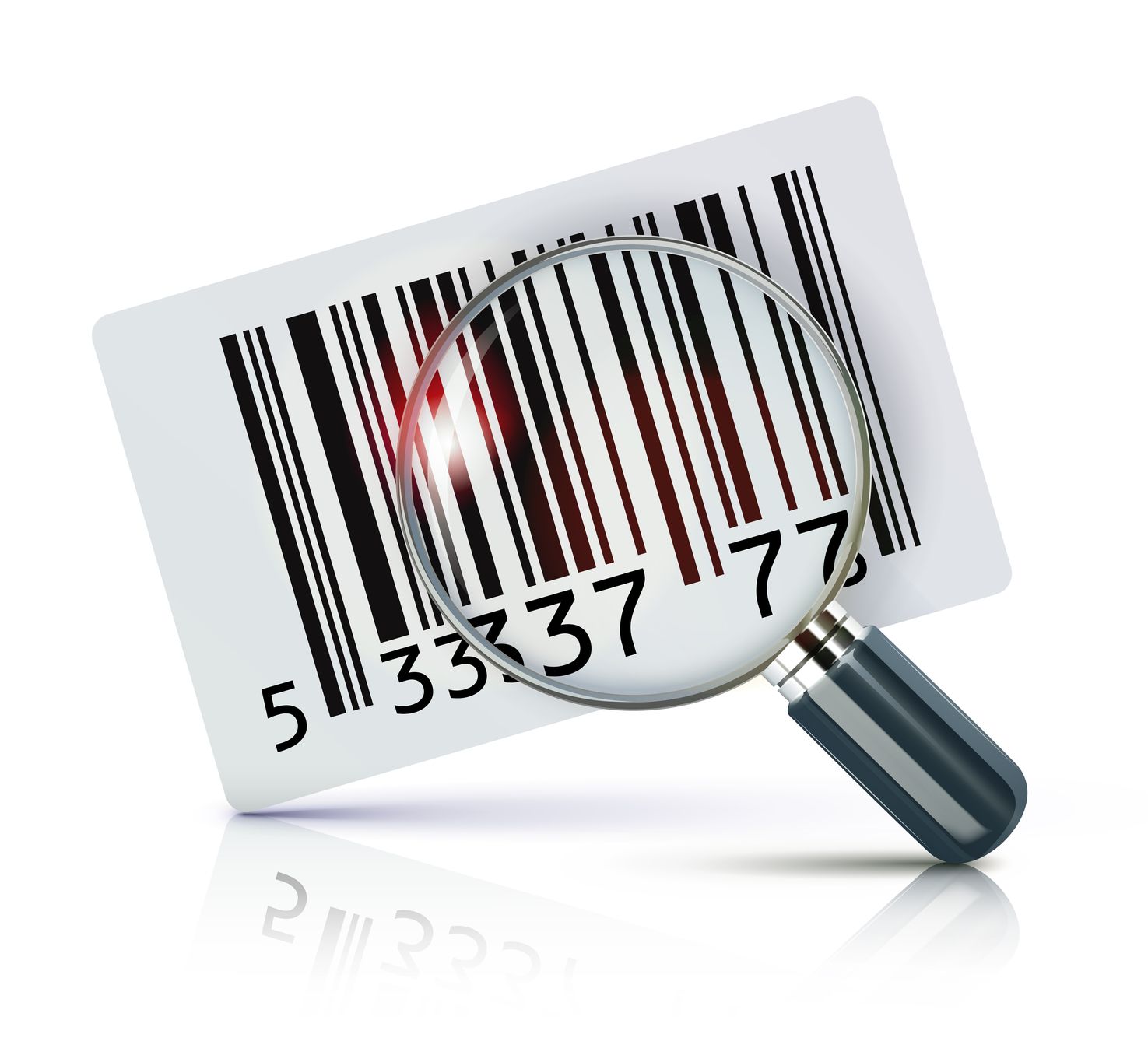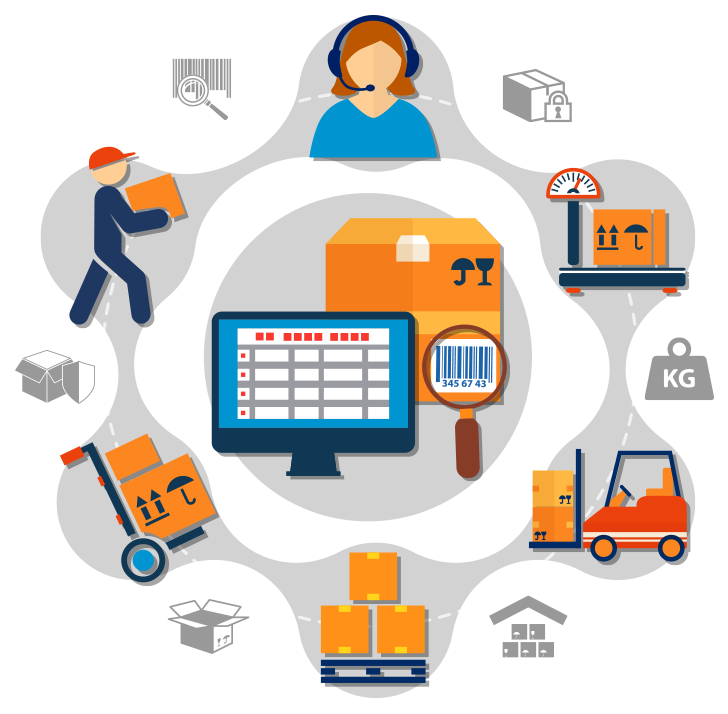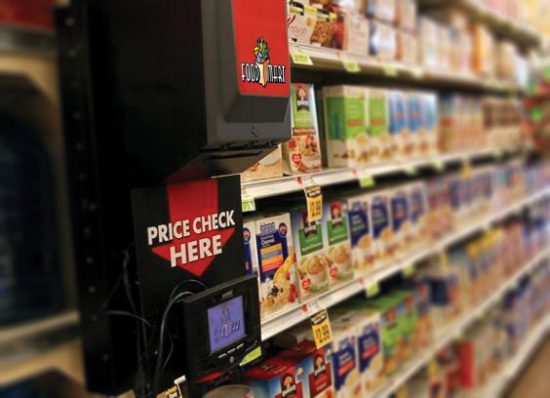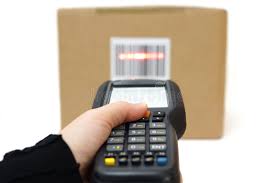Barcode & Mobility Solutions
Microhard is well-known in Dubai for its barcode solutions and barcode scanner, which are the most popular AIDC (Automatic Identification and Data Capture) applications. Our solutions and services in the fields of corporate mobility and traceability boost efficiency and ensure a competitive advantage.
Mobile Printer in Dubai, Middle East Barcode Printer, Middle East Barcode Scanner
Microhard is a value-added solutions partner of Zebra, Datalogic, PDC, and Seagull Scientific. We provide our customers with the choice of acquiring reputable technology brands from around the world. Microhard takes a solution-based approach to its customers, integrating hardware and software solutions. Furthermore, being the market’s first integrator, we create applications in response to customer requirements.
Products in Mobility
- Mobile Computing Products
- Barcode / Label Printers
- Barcode Scanners Wireless LAN
- RFID
- software
- Tablets
- Interactive Kiosks
- Services Supplies
- Location Solution Products
- POS terminals
Technology Offered
- Direct
- Thermal Transfer printers
- Data capture
- Scanning – 1D/2D
- RFID solutions
Recent Barcode & Mobility Solutions products
FAQ
Barcode mobility solution refers to a technology solution that combines the use of mobile devices and barcode scanning to improve inventory management and asset tracking. With a barcode mobility solution, users can scan barcodes or QR codes on items, and the device will automatically retrieve information about the product, such as the product name, quantity, and location.
The mobility aspect of barcode solutions refers to the use of mobile devices such as smartphones and tablets that can be used to scan barcodes. These devices are typically equipped with a built-in camera and barcode scanning software that enables users to scan barcodes using the device’s camera.
Barcode mobility solutions are widely used in a variety of industries, including retail, manufacturing, healthcare, and logistics. They offer several benefits, including:
Improved accuracy:Barcode scanning reduces errors caused by manual data entry, resulting in more accurate inventory management and asset tracking.
Increased efficiency: With barcode mobility solutions, users can quickly and easily scan barcodes, reducing the time and effort required to manage inventory.
Real-time data: Barcode mobility solutions provide real-time data on inventory levels and asset locations, enabling businesses to make data-driven decisions and respond quickly to changing conditions.
Cost savings: Barcode mobility solutions can help businesses reduce inventory holding costs and minimize stockouts, resulting in significant cost savings.
Improved customer service: By providing real-time inventory data, barcode mobility solutions enable businesses to better serve their customers and improve the overall customer experience.
Overall, barcode mobility solutions are an effective way to improve inventory management and asset tracking, reduce costs, and improve efficiency in a variety of industries.
Barcode scanners are electronic devices used to scan and read barcodes. Here are some common features of a barcode scanner:
Type of scanner:There are several types of barcode scanners available, including handheld, fixed-mount, and wireless scanners. Each type of scanner has its own features and benefits, depending on the intended use.
Scanner resolution: Barcode scanner resolution determines how much detail the scanner can capture. A higher resolution scanner can read smaller barcodes, but it may also be more expensive.
Interface:Barcode scanners typically connect to a computer or other device using a USB or Bluetooth interface. Some scanners may also support other interfaces, such as Ethernet or Wi-Fi.
Scanning distance: Barcode scanners have different scanning distances, which refers to the distance from the scanner to the barcode that it can read. Handheld scanners typically have a shorter scanning distance than fixed-mount scanners.
Scanning speed:The scanning speed of a barcode scanner refers to how quickly it can read barcodes. Faster scanners are typically more expensive, but they can improve efficiency and productivity in high-volume environments.
Connectivity:Some barcode scanners can connect to multiple devices, enabling users to scan barcodes with a variety of devices.
Durability:Barcode scanners are designed to withstand frequent use and occasional drops or impacts. Some scanners are more durable than others, depending on the intended use.
Compatibility:Barcode scanners are compatible with different types of barcodes, including 1D and 2D barcodes. Some scanners are designed specifically for a particular type of barcode.
Overall, the features of a barcode scanner can vary depending on the intended use and the type of scanner. By understanding the different features of barcode scanners, users can choose the right scanner for their specific needs.
Barcode scanners use a combination of hardware and software to read and decode the information contained in barcodes. Here is a basic overview of how a barcode scanner works:
Light source: The barcode scanner shines a light on the barcode to illuminate it.
Sensor: The barcode scanner contains a sensor that detects the amount of light reflected back from the barcode.
Analog-to-digital converter (ADC): The sensor generates an analogue signal that is converted to a digital signal by the ADC.
Decoder:The digital signal is sent to a decoder that interprets the barcode and extracts the information encoded in the barcode.
Output:Once the barcode has been decoded, the information is sent to a computer or other device, where it can be used for a variety of purposes, such as inventory management, asset tracking, and point-of-sale transactions.
There are several types of barcodes, including 1D and 2D barcodes, and different types of barcode scanners are designed to read different types of barcodes. 1D barcodes are composed of a series of lines of varying widths and spacing, while 2D barcodes use a pattern of squares, dots, and other shapes to encode information.
Barcode scanners can use different methods to read barcodes, such as laser scanning or image-based scanning. In laser scanning, a laser beam is used to read the barcode, while in image-based scanning, the scanner takes a picture of the barcode and uses image processing software to decode it.
Overall, barcode scanners are a reliable and efficient way to quickly and accurately read and decode barcodes for a variety of applications.
Whether or not a company needs a barcode mobility solution depends on the specific needs and goals of the business. Here are some common scenarios where a barcode mobility solution can be beneficial:
Inventory management: A barcode mobility solution can help companies keep track of their inventory by scanning and tracking products as they move through the supply chain.
Asset tracking:Companies with a large number of physical assets can use barcode mobility solutions to track those assets, including location, maintenance schedules, and other relevant data.
Point-of-sale transactions: Barcode scanners are commonly used in retail environments to quickly and accurately process sales transactions.
Manufacturing: Barcode mobility solutions can be used in manufacturing to track the movement of raw materials and finished products, monitor production processes, and ensure quality control.
Healthcare: In the healthcare industry, barcode mobility solutions can be used to track medical supplies, medications, and patient data, as well as improve patient safety and reduce errors.
Field service: Service technicians can use barcode mobility solutions to access information about equipment, record maintenance and repair activities, and order parts and supplies.
In general, if a company needs to track, monitor, or manage physical assets or inventory, a barcode mobility solution can be a valuable tool. By automating data collection and eliminating manual processes, barcode mobility solutions can save time, reduce errors, and improve overall efficiency. However, it’s important to carefully evaluate the specific needs and goals of the business before investing in a barcode mobility solution.
Barcode solutions offer a range of features and benefits for businesses that rely on inventory, asset management, or point-of-sale transactions. Here are some of the key features and benefits of barcode solutions:
Features:
Barcode scanning: The ability to quickly and accurately scan barcodes is a key feature of barcode solutions. This allows businesses to automate data collection, reduce errors, and improve efficiency.
Inventory tracking: Barcode solutions allow businesses to track inventory levels, monitor stock movements, and automate the ordering and replenishment of products.
Asset management:Barcode solutions can be used to track and manage physical assets, including equipment, tools, and vehicles. This can help businesses to reduce loss, improve maintenance, and optimize asset utilization.
Point-of-sale transactions: Barcode solutions can be used to process sales transactions quickly and accurately, reducing errors and improving the customer experience.
Analytics and reporting: Barcode solutions often include tools for analysing data and generating reports, which can help businesses to make better decisions and optimize their operations.
Benefits:
Increased efficiency: By automating data collection and eliminating manual processes, barcode solutions can save time and improve overall efficiency.
Reduced errors: Barcode solutions help to eliminate manual data entry and other sources of error, reducing the likelihood of mistakes and improving data accuracy.
Improved inventory management: Barcode solutions allow businesses to track inventory levels, monitor stock movements, and automate the ordering and replenishment of products, which can help to optimize inventory levels and reduce waste.
Enhanced customer experience: Barcode solutions can help to speed up point-of-sale transactions, reducing wait times and improving the overall customer experience.
Cost savings: Barcode solutions can help to reduce labour costs, improve inventory management, and optimize asset utilization, resulting in significant cost savings over time.
Overall, barcode solutions can offer a range of benefits for businesses that rely on inventory, asset management, or point-of-sale transactions. By automating data collection, improving accuracy, and optimizing operations, barcode solutions can help businesses to operate more efficiently and effectively.
Get in touch with us
Your complete satisfaction is important to us. We have facilities, representatives, technicians, solutions, and up-to-date technologies to promptly resolve your questions or concerns. We provide several convenient ways to contact us 7 days a week, 24 hours a day.






Connect with us